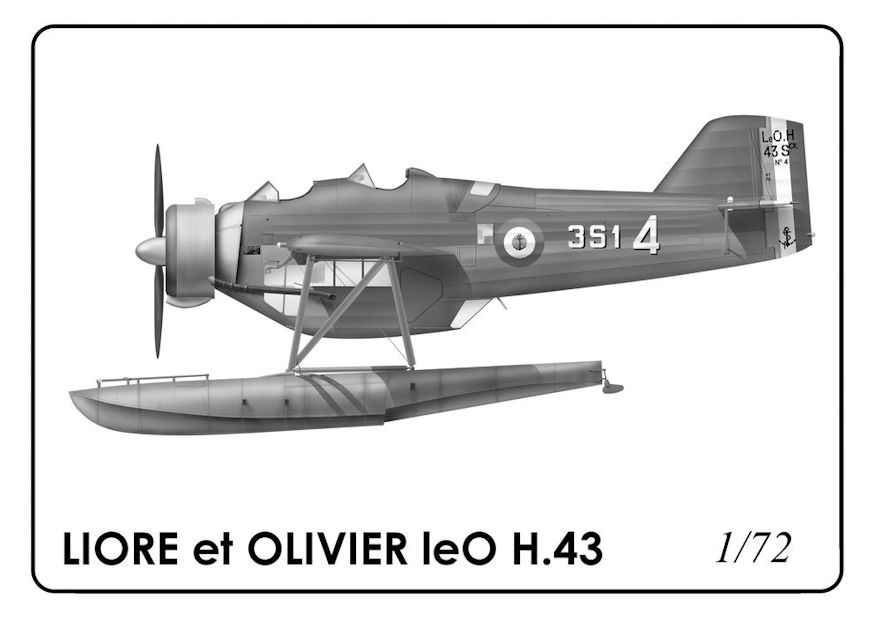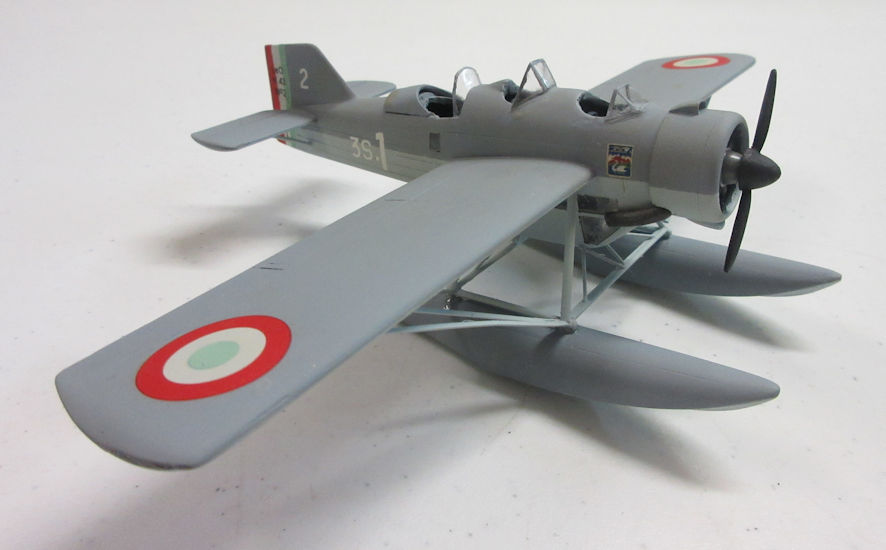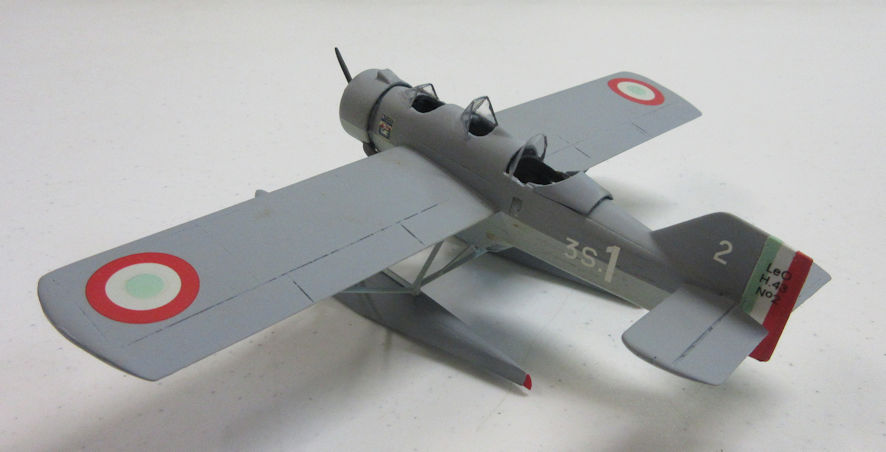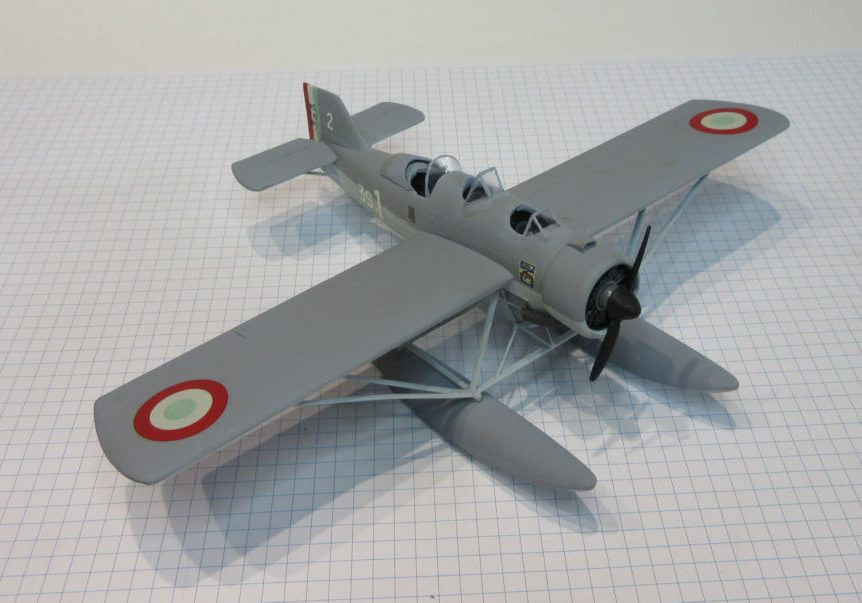People who say that French inter-war aeroplanes are ugly are sometimes (not always, but sometimes) right. But in cruising the internet looking for information and pictures of this obscure little French aeroplane I came across yet more of these ignorant and uninformed comments. The Liore et Olivier H.43 might have been many things – obsolete is the best one that comes to mind – but ugly it is not.
In it’s own way the H.43 is quite a whimsical looking aeroplane. It has plenty of spacious openings in the top for the driver and other crew members to gaze out at the passing clouds and seagulls, and a small promenade deck below from which the crew could peer down upon the world passing below. (One imagines the crew cruising over the beaches of the French Riviera taking in the beauty of the beaches and their inhabitants with typical Gallic curiosity.) With a nice big radial engine and big open exhausts it must have sounded quite enjoyable, in an aeronautical fashion, as it slowly made its way through the French skies of the late inter-war period.
What a pity that an aeroplane designed in 1933 didn’t enter service until 1939, by which time it was so obsolete that it was not used in the desperate days of the Battle of France. But that doesn’t mean that the H.43 was not a good idea, around the time of its design at least. Those were the days when aeronautical engineers were still trying to work out what were the good ideas and what were not, and when they began putting pencil to paper for the H.43 they included in its design some ideas which has fallen out of favour by the time French naval aviators were asked to fly the thing operationally.
It strikes me as no accident that the H.43 was designed in 1933 and Donald Duck was first drawn in 1934, and later brought to maturity by Carl Barks. If there were ever two drawings that were meant for each other, it was these two characters. You cannot seriously imagine real people flying a H.43. No, it would be piloted by Donald, crewed by his nephews, decorated Daisy with curtains on the promenade deck, and sent on some wonderful expedition funded by Uncle Scrooge.
Sadly, despite such whimsy inspired by the look of this aeroplane, the reality of its existence was much less captivating. It was designed as a coastal observation aeroplane in 1933 but the delays that were so typical of French aviation during the 1930s meant that the twenty that were produced did not enter service until 1939, by which time they were completely obsolete. Some of them may have flown coastal patrols for a short period but they had all disappeared by the end of the Battle of France.

This is hardly a history worthy of a model kit, but things like that are no impediment to M. Dujin. The kit he has produced of this aeroplane is quite typical of the Dujin range and is not to be tackled by anyone who is not a little obsessive about French aviation, does not possess more modelling skills than they thought they had, and has vast reservoirs of time and patience. If you have all these things, putting this kit together is a breeze.
The other thing that is useful is unlimited access to the internet. There are no decals with this kit and information about this aeroplane in service is almost no-existent, even on the internet. After a great deal of hunting I finally found some clues about how H.43s probably looked in service and then had to find the decals to replicate that look. Most challenging were the decals for the coat-of-arms for Escadrille 3S1, one of the two units to fly the H.43. I struggled with that for quite some time before it occurred to me to see if a picture of the coat-of-arms existed on the internet, which I then found in about three minutes. Then all I needed was the appropriate software and a colour laser printer, and the rest was easy.
I dare not say that I really like Dujin kits because people will think there is something wrong with me if I do. They have a fearsome reputation, even in comparison to Mach 2 kits, and I have yet to meet anyone else who has ever completed one. As I said above, they are not for modellers not endowed with certain highly estimable attributes, and even then they are a challenge, but the end result of the struggles involved in working with a Dujin kit is something unique. I quite like the look of my completed H.43, and all I need now to complete this model is a nice little 1/72 figure of Donald Duck to put in the driver’s seat.


Leigh Edmonds
September 2009
